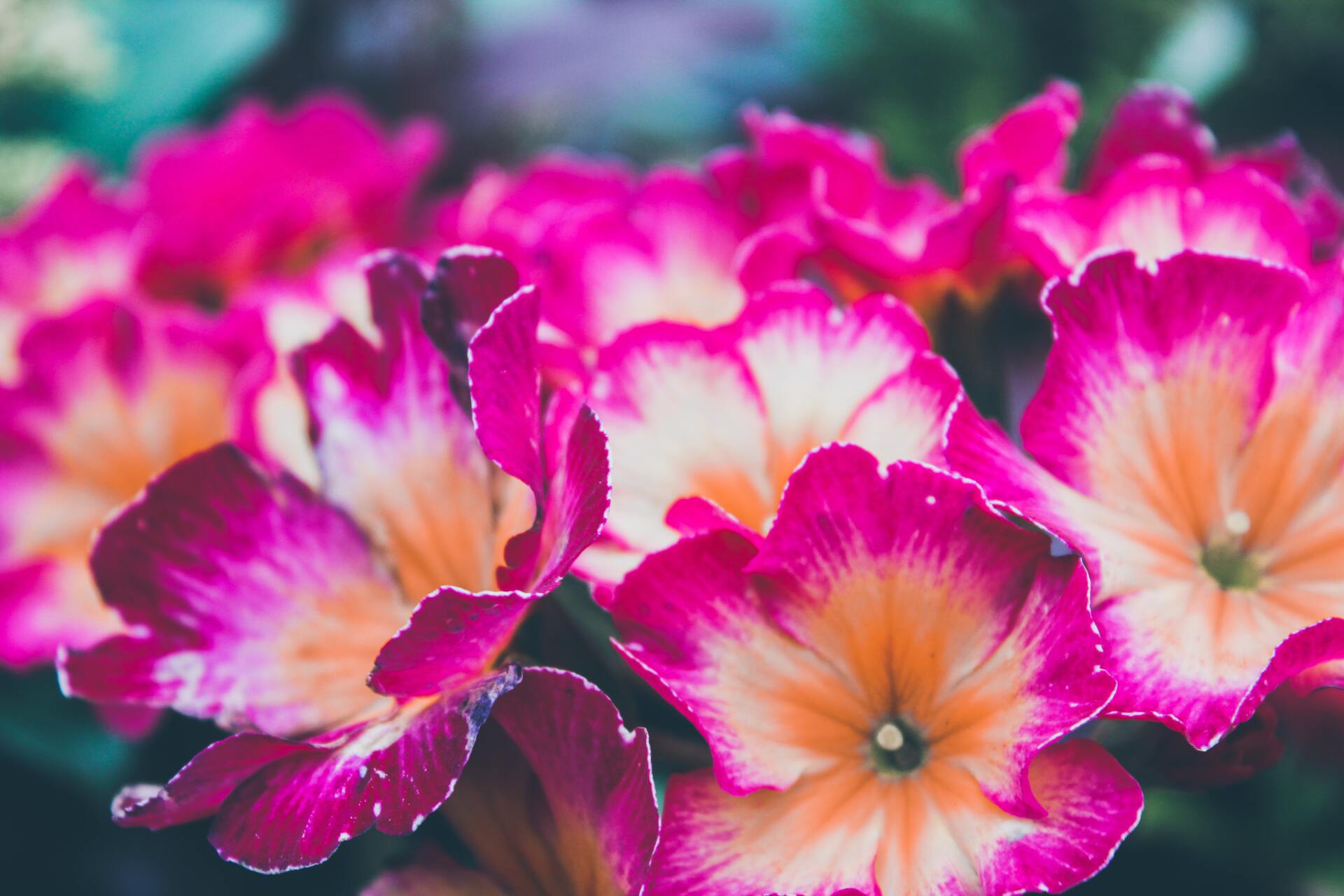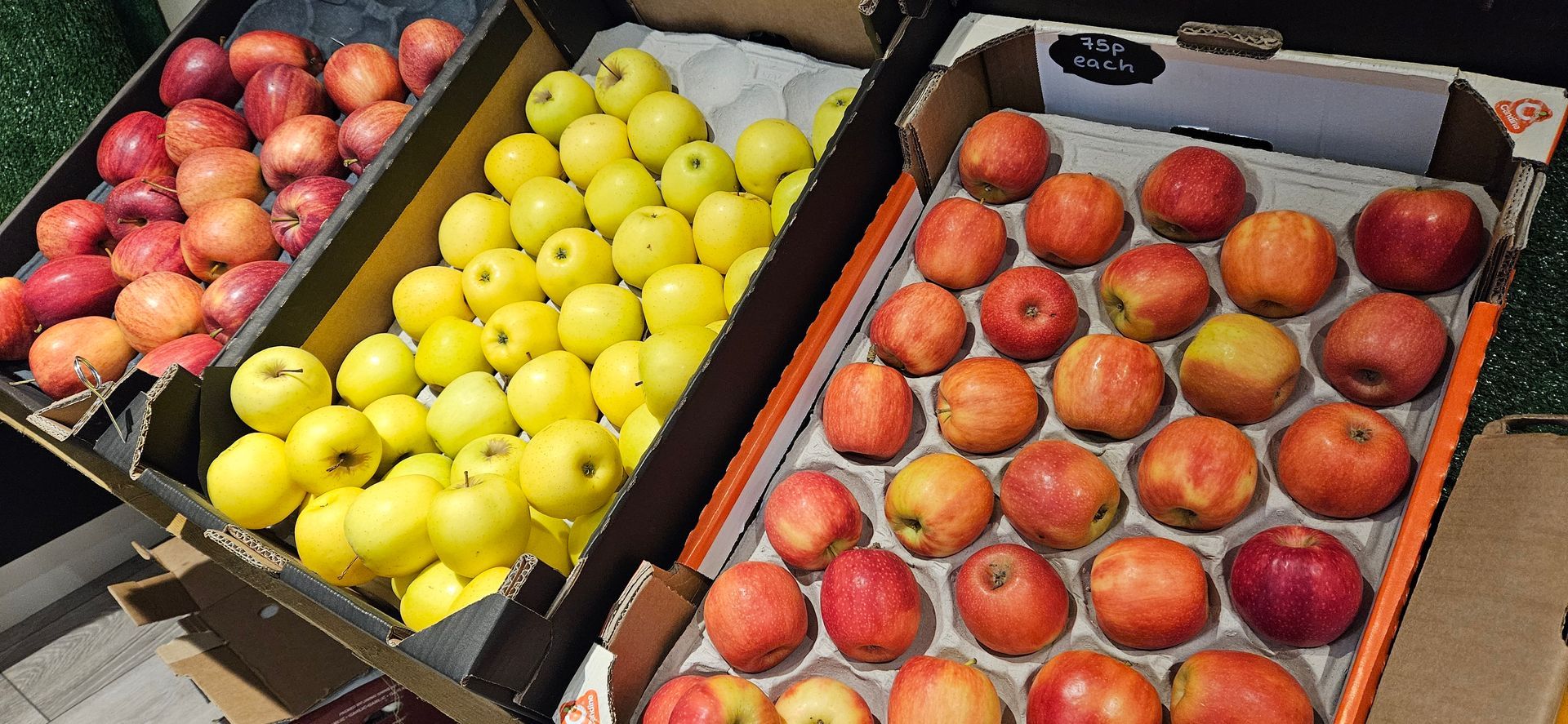My June Garden
Lisa Hunter • June 21, 2021
The longest day of the year falls on June 21st, bringing warmer temperatures and extra sunlight. Flowers are blossoming, there’s lots to harvest in the vegetable garden, and keeping on top of bolting plants is a priority — particularly weeds!

For advice on what to cultivate this month, here’s a comprehensive list of jobs to take care of in your garden this June:
Timely Tips
- Check plants daily and water them if the soil is dry — especially newly planted fruit trees and shrubs that are still getting established.
- Harden off any remaining half-hardy bedding plants ready for planting out.
- Use blinds or apply shade paint to prevent your greenhouse from overheating. Remember to open vents and doors on warm days.
- Keep on top of weeding. Your plants shouldn’t have to compete for precious water, light, and nutrients!
In the flower garden
- Harden off and move hanging baskets and containers growing on in the greenhouse into their final position. If your hanging basket plants become leggy, trim off the excess to encourage bushy new growth.
- Continue to thin out drifts of hardy annual plants if they're overcrowded.
- Lift and divide clumps of snowdrops and bluebells once the leaves start to yellow.
- Lift and divide overcrowded clumps of flower bulbs and tubers.
- Wait for bulb foliage to die down naturally before cutting back.
- Pinch out the tips of fuchsias to encourage a bushy habit and more flowers.
- Start to pick sweet peas as soon as they flower to encourage more blooms.
- Dead-head your roses if they’re repeat-flowering types. Otherwise, leave the seed heads on for decoration.
- Dead-head and cut back oriental poppies after flowering. Cutting them close to ground level will stimulate new foliage.
- Stake tall perennial plants to prevent wind damage.
- As new shoots grow, use soft ties to train climbing plants such as honeysuckle and clematis to their supports.
- Prune out overcrowded or dead stems of evergreen clematis once they have finished flowering, to maintain a good shape.
- Towards the end of June, if your hardy geraniums have finished flowering, cut them back to encourage new foliage and flowers. For more information about growing your own gorgeous geraniums, head on over to our new geranium hub.
- Harvest flower heads from your lavender plants to use in baking, crafting, or as a garnish to your meals.
In the vegetable garden
- Continue to earth up potato plants as they grow.
- Keep the compost of newly planted container potatoes moist, but take care not to overwater, as this compacts the soil, squeezing out the oxygen, and prevents the developing tubers from swelling.
- Pinch out any side shoots from your tomato plants. You can pot these up to create new tomato plants. Start to feed once the first truss is setting fruit.
- Harvest salad crops, and resow every 2 weeks for a constant supply of tasty leaves.
- When planting out cabbages, use brassica collars to prevent cabbage root fly attack.
- Harvest first early potatoes — these are normally ready about 10 weeks after planting.
- Keep an eye on your onion and garlic. When the leaves start to yellow and die back, they’re ready to harvest.
- Protect crops from carrot fly by covering with horticultural fleece.
In the fruit garden
- Start to prune your plum or cherry trees now.
- Although fruit trees will naturally shed some fruit (called the 'June drop'), aim to thin out congested branches further for bigger and better fruits.
- Protect any developing fruits from birds and squirrels by placing netting around your plants.
- If you have plants fruiting in containers, remember to give them a high potash liquid feed to keep them healthy and productive.
- Top-dress patio dwarf fruit trees with fresh compost and a slow-release fertiliser.
- Peg down runners on your strawberry plants to create more plants for next year. If you don't need more plants simply remove the strawberry runners completely.
- Always water potted blueberry plants with rainwater, as the lime contained in tap water reduces the acidity of the soil over time.
Looking after your lawn
- If there hasn’t been much rain, raise your lawn mower blades to reduce stress on the grass.
- Water your lawn during hot weather, particularly newly seeded or turfed lawns. Keep new lawns well-watered.
- Warm weather encourages rapid weed growth — apply specific lawn weed killer to tackle them.
- Feed your lawn with a special lawn fertiliser to encourage healthy green growth.
- Recut lawn edges, or install lawn edging to make future maintenance easier.
Other jobs about the garden
- Use water butts as much as possible and water your containers and baskets well in hot weather. Start to feed them with a balanced liquid fertiliser every 2 to 4 weeks.
- Make small 'wells' around individual plants so that the water can soak the soil to about 25cm (10in). Merely wetting the surface wastes water, encourages weeds and can lead to surface rooting making plants more vulnerable.
- Keep removing blanket weed from your pond to allow the plants and fish room to breathe.
- Clip evergreen hedges such as privet, box and yew while they're in active growth.
- Turn the compost in your bins every month to keep it well aerated.
- Keep bird baths topped up in hot weather.




